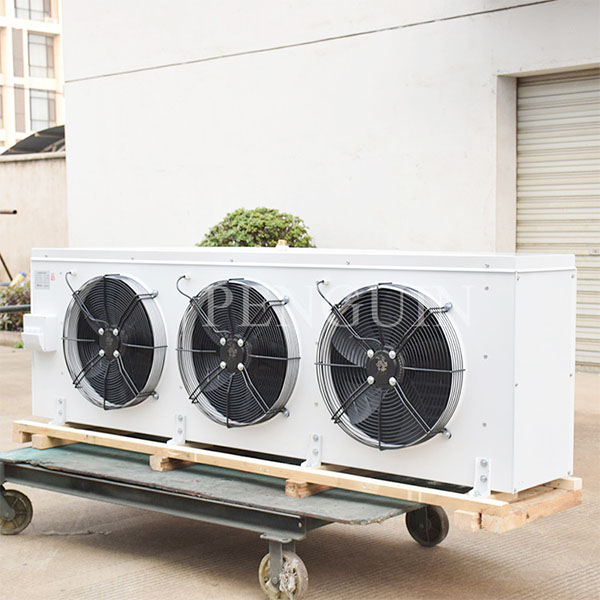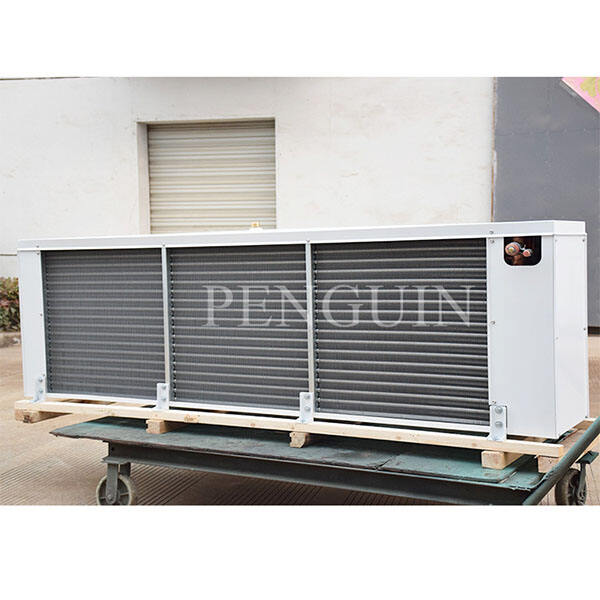It is said that the compressor is the heart of the cooling system. It circulates a special gas (called refrigerant) through the system. This gas travels from the evaporator to the condenser. This cools the air that would otherwise end up in our homes.
The condenser is sort of the lungs of the cooling system. It grabs the hot refrigerant gas that leaves the compressor and cools it off. This is how the gas is transformed into a liquid. So this cooled liquid goes to the evaporator to suck heat from the air in our homes.
You might consider the evaporator as the brain of the cooling system. It receives the cooled liquid refrigerant from the condenser and returns it to a gaseous state. This process absorbs heat from the air in our homes, cooling it down.
A cycle in which the compressor, the condenser and the evaporator work together to keep our homes cool. A compressor sends refrigerant gas to the condenser, which cools it until it turns into a liquid. The liquid then flows into the evaporator, where it absorbs heat from the air and returns to a gaseous state. This process repeats again and again, keeping our homes nice and comfy.

Keep food and drinks cold On refrigeration systems, the compressor, condenser, and evaporator are refrigerated food storage and cold drinks. The compressor pushes refrigerant gas to the condenser, where it cools and becomes liquid. That liquid flows to the evaporator, where it sucks heat away from the food inside the refrigerator and becomes a gas again. This preserves our foods for longer.

The compressor, condenser and evaporator units of the cooling system should be maintained by you. Cleaning and servicing can help prevent issues and give a longer life to the system. It's important to maintain it as per manufacturer's instruction to ensure everything is running smoothly.

With recent innovations in compressor, condenser and evaporator technology, systems are getting better at heating and cooling. This compares starkly with newer systems, which cost less in energy, helping to slash electricity bills and carbon emissions. Once we understand how these technologies interact, we can make an informed decision for which form of cooling is right for our homes.